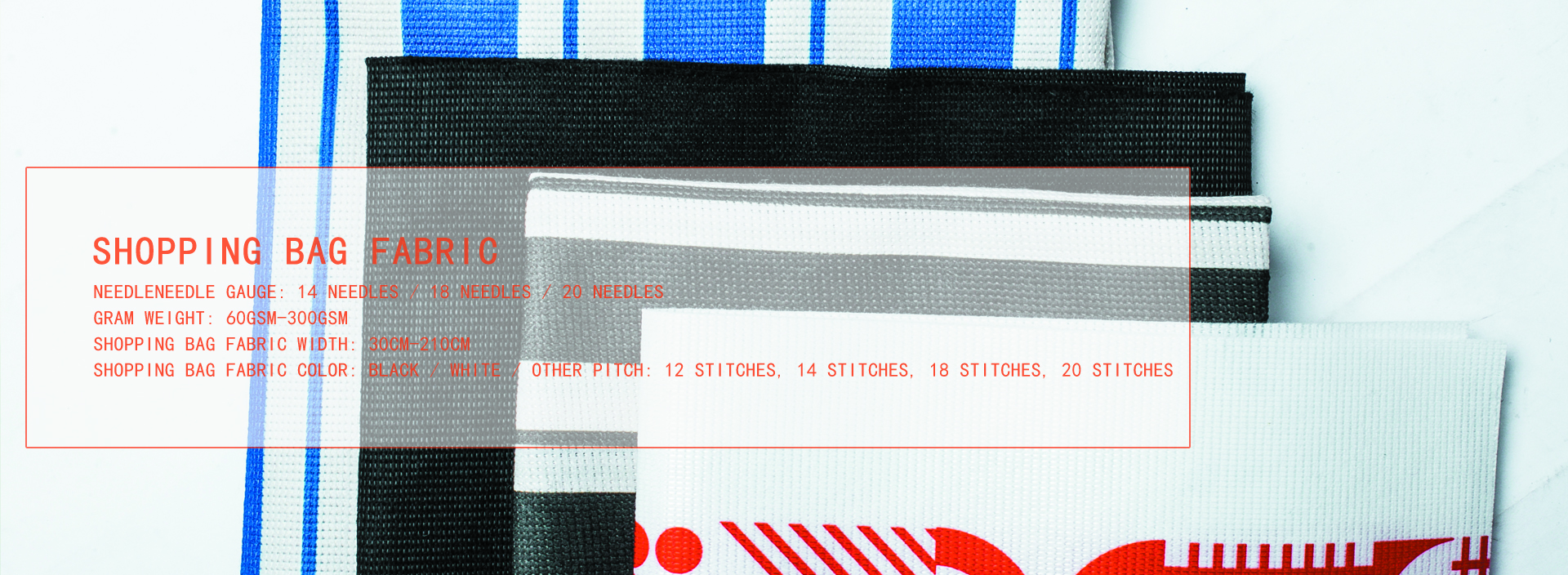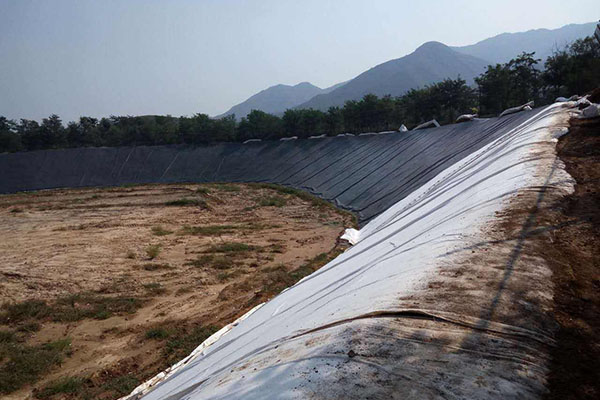Before laying the
composite geomembrane, it should go through the inspection of the excavation of the exhaust trench, and complete the finishing and leveling of the bottom and slope of the storage.
1. All tree roots, weeds and sharp stones should be eradicated on the paving surface, to ensure that the paving sand and gravel cushion surface is flat, and no protrusions and depressions are allowed, and should be compacted. Eliminate all stagnant water within the scope of laying operations.
2. Before cutting the impermeable membrane, measure its relevant dimensions and cut according to practice. The width of the seam between the membrane and the membrane during membrane laying is not less than 100mm, so that the direction of the seam is parallel to the slope foot line, that is Place it along the slope.
3. The anti-seepage composite geomembrane located in the center should be laid in a zigzag pattern, and its detailed wrinkle height and wrinkle angle should meet the requirements of the construction drawings. When laying the anti-seepage composite geomembrane, it should form wrinkles and keep it slack to adapt to deformation.
4. The composite geomembrane and the foundation and support layer should be flattened and adhered tightly to avoid overhead and eliminate air bubbles to ensure safety.
5. Before the joint construction of the composite geomembrane, a process test should be conducted to compare the welding equipment, the welding temperature, the welding speed and the construction process.
6. Wedge welding machine is used for the welding of impermeable membrane, and dual-track hot-melt welding is selected. For the parts that cannot be welded by the wedge welding machine, an extrusion hot-melt welding machine should be selected, with a welding rod of the same quality as the raw material, to form a single weld for surfacing.
7. The welding seam is required to be neat and beautiful, without slip welding or skipping.
8. When the length of the geomembrane is not enough, it needs to be spliced in the long direction. The transverse welding seam should be welded first, and then the longitudinal seam should be welded. The distance between the transverse welding seams should be more than 500mm, and it should be T-shaped.
9. When welding the film, it is not allowed to press out the dead bend. When laying the geomembrane, set aside the amount of expansion and contraction caused by the temperature change according to the local temperature change range and the functional requirements of the geomembrane.
10. The geotextile should be seamed and the joint width should not be less than 10cm.
According to the project experience and the effect of the initial planning stage, this project selects the anti-seepage scheme of laying composite geomembrane for the whole reservoir. Two-cloth and one-membrane are selected for the anti-seepage composite geomembrane at the bottom of the reservoir and one membrane. The thickness of the PE film is 0.5mm, the geotextile for the upper and base layers is 300g/m2, and the composite geomembrane at the bottom of the reservoir has a soil pressure of 0.8m. The composite geomembrane of the slope in the reservoir is equipped with dry masonry and crushed stone protection layer, and a 150mm medium-coarse sand cushion underneath. The thickness of dry masonry above 171.30m is 25cm, and the thickness below is 50cm.
All the geomembrane is laid at the bottom of the reservoir. With the rising and intrusion of groundwater, the air in the pores of the soil will be further compressed. If the gas cannot be effectively discharged in time, the geomembrane will be in danger of being overburdened. Plan to choose drainage and exhaust Blind ditch, check valve and weight combination method.
The bottom of the reservoir and under the composite geomembrane of the dam slope are both laid with a medium-coarse sand cushion with a thickness of 150mm. The drainage and exhaust blind ditch is arranged at an interval of about 50m. The blind ditch dimension is 30*30cm. A φ10cm soft permeable line is placed in the blind ditch. The tube is filled with coarse sand around the tube, and the coarse sand is covered with a layer of 300g/m2 short-filament geotextile.
The thickness of the covering soil on the horizontal plastic film of the warehouse is 0.8m, and the surface layer of the covering soil is flat-rolled 2 times with 5~10T. After the composite geomembrane is spliced and laid, it should be backfilled and covered in time. When the thickness of the backfilled cover layer is greater than 50cm, light roller compaction is allowed instead of heavy or sensational roller compaction.

